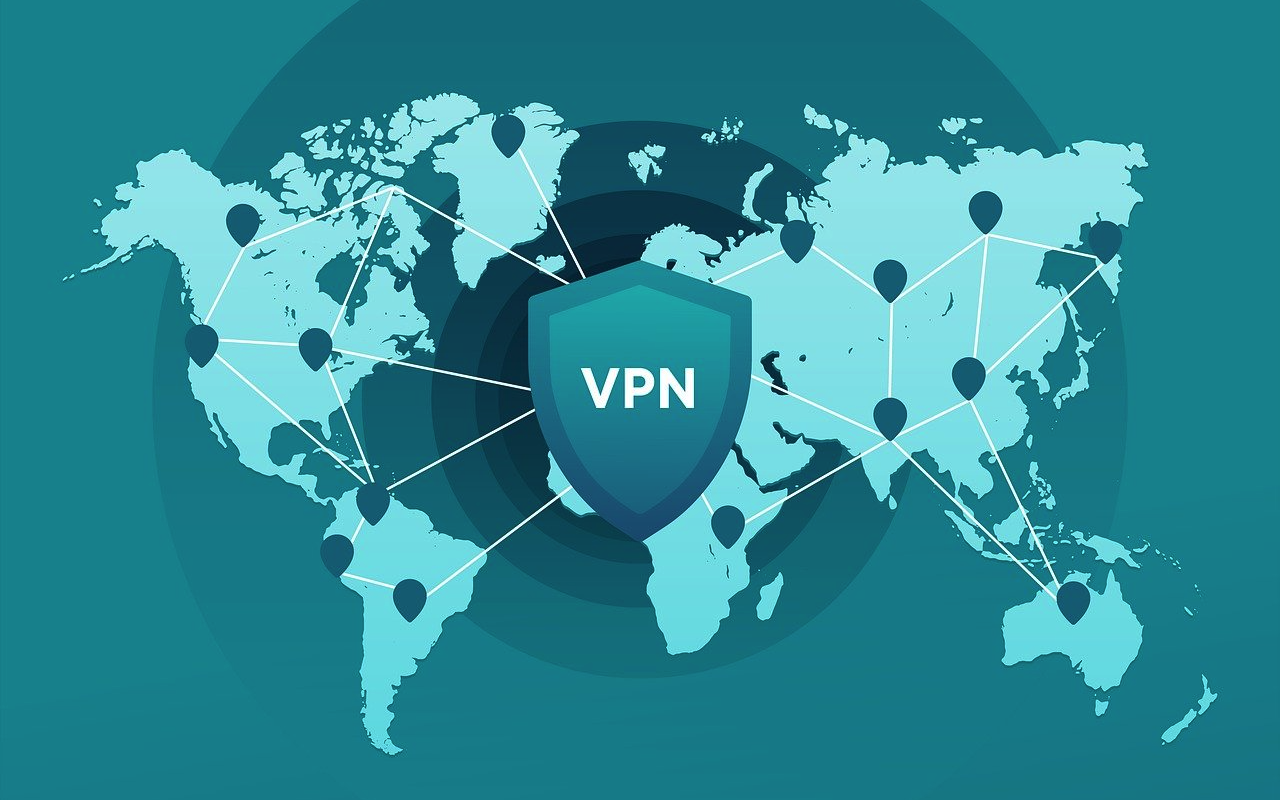
Accidentally deleting photos from your iPhone can be an incredibly frustrating experience, especially when those images hold sentimental value—such as wedding photos, vacation memories, or family snapshots that can never be replaced. Fortunately, there are several methods you can use to recover deleted photos from your iPhone, whether they were removed due to a system crash, a failed iOS update, or a phone that’s damaged or becomes unresponsive. Thankfully, there are multiple ways to recover deleted photos from an iPhone, whether they were wiped recently or permanently removed months ago.
[..]
Read more...










